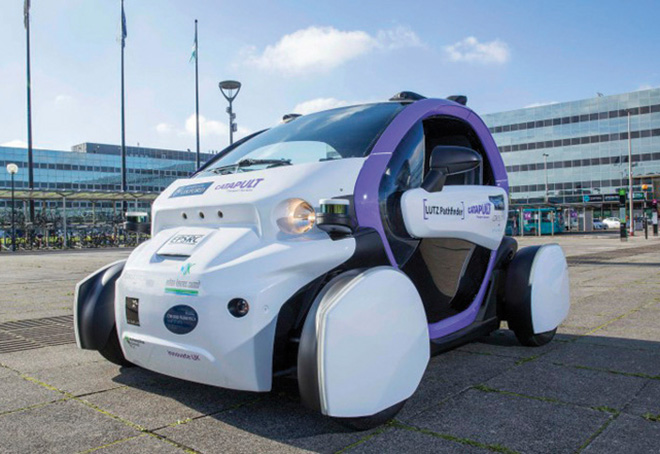RESEARCHERS have begun work to develop a mathematical model
for motion sickness that will help to stop people becoming ill when travelling
in autonomous vehicles.
Medical studies shows that, due to the way in which the
human brain works, motion sickness will be more of a widespread issue in
self-driving vehicles than it is for drivers and passengers in conventional,
self-powered vehicles.
Now researchers at Cranfield University are working on
developing control strategies that will enable vehicles to drive themselves in
such a way that motion sickness is minimised.
PhD student Zaw Htike is leading the project. “When planning
a journey now, you can just type your destination into Google Maps and it will
suggest the best route or routes for that journey,” he says. “Imagine if you
could plug that route into your autonomous vehicle and the car would also
automatically know the smoothest way to drive every road, tackle every corner
and approach every roundabout on the route.
“That is effectively what we are trying to create. We want
to teach autonomous vehicles how to apply the accelerator, steering and brakes
in the optimum way for each road profile to ensure that the likelihood of
motion sickness is minimised.”
Cranfield is at the forefront of developing the technology
needed to make fully autonomous vehicles a reality. Motion sickness, commonly
manifested through nausea, vomiting and dizziness, results from a sensory
conflict between inputs from the eyes, inner ear and nervous systems of human
bodies.
It can be caused by travelling in a car, on board a ship or
aeroplane, or on a theme park ride. It affects different people in different
ways depending on a number of factors including age, genetics, physiology,
alcohol consumption, food consumption, duration of travel and the frequency of
acceleration and braking on the journey.
Dr Stefano Longo, senior lecturer in vehicle control and
optimisation in the Advanced Vehicle Engineering Centre at Cranfield, is
supervising the project, which is planned to end in September next year.
“Zaw’s project is a really interesting one and one which, if
successful, has the potential to have a huge impact across the world.
“Automotive manufacturers and engineering firms are pumping
millions of pounds into developing the technology needed to make fully
autonomous vehicles a reality in the near future. But there is a real risk that
investment could go to waste if we do not figure out how we are going to combat
the problem of motion sickness.
“It is all very well for companies to sell ‘the
dream’ of catching up on emails or holding meetings in your mobile office on
the way to work but that is not very likely to happen if you feel sick every
time you read a document or look at a screen.”


